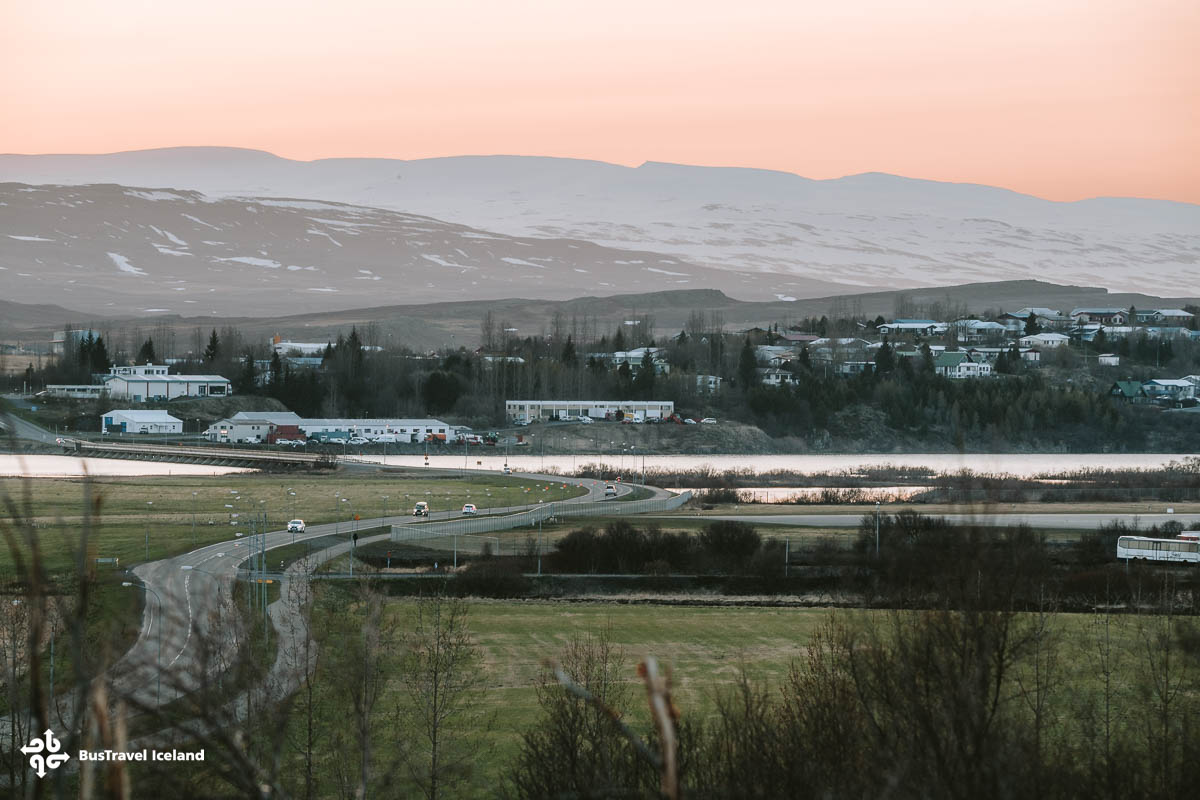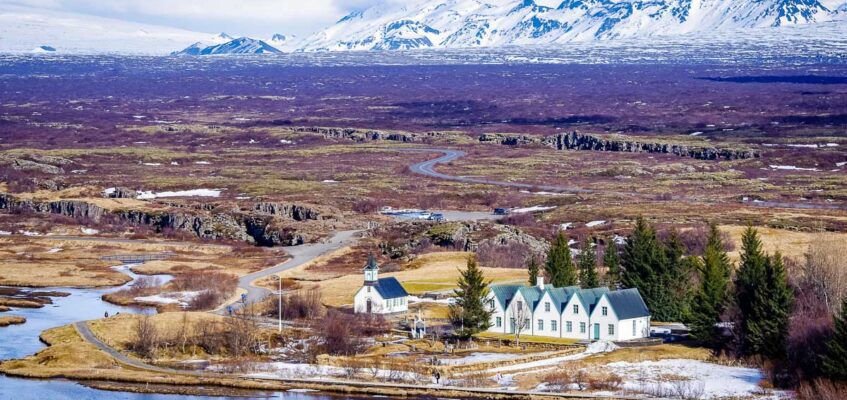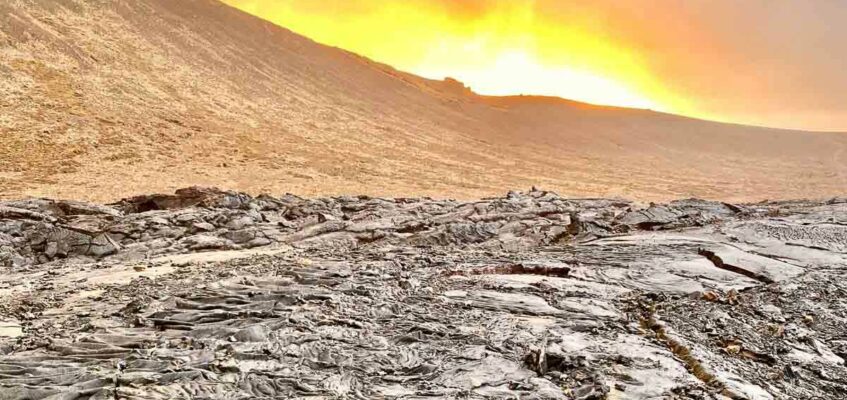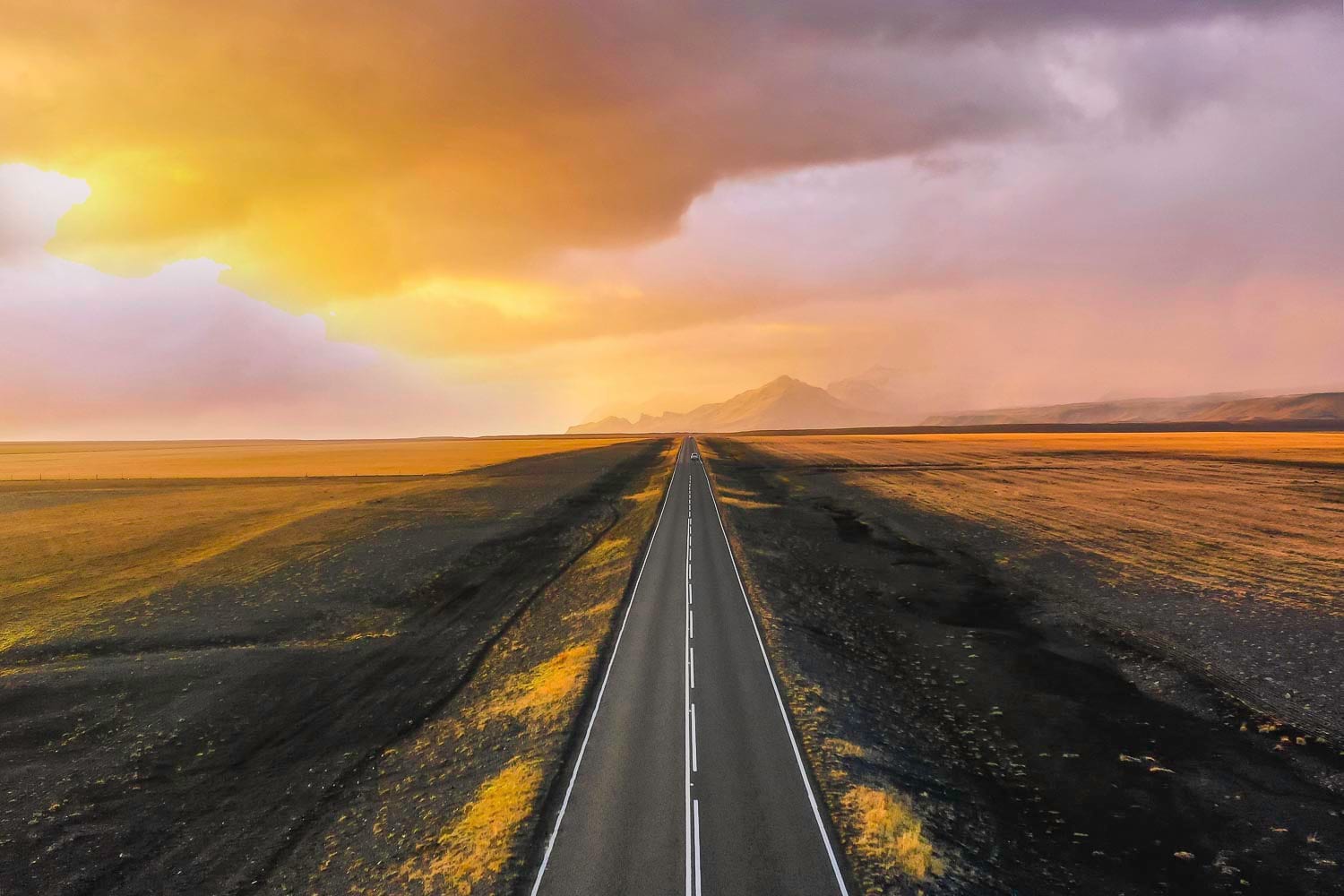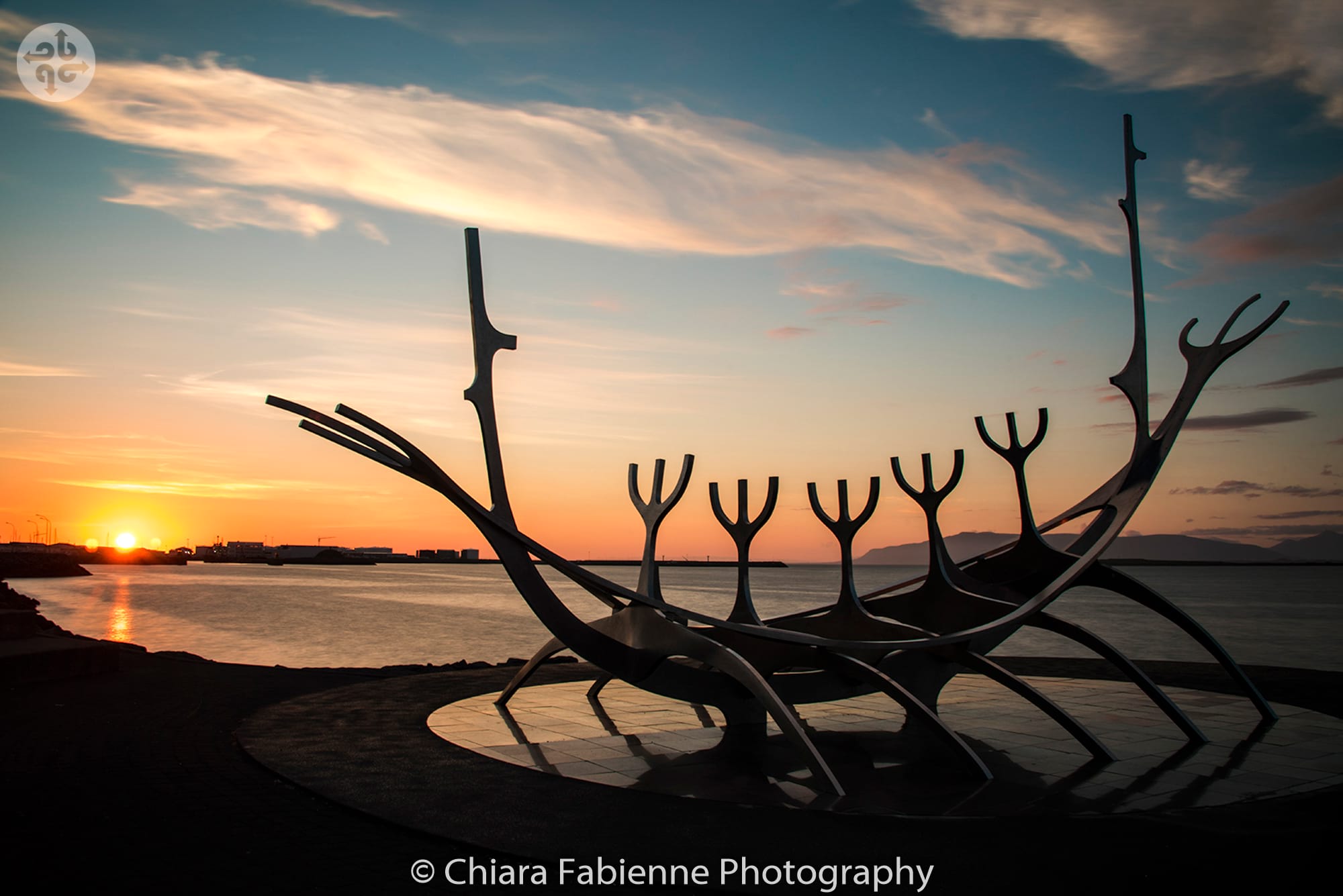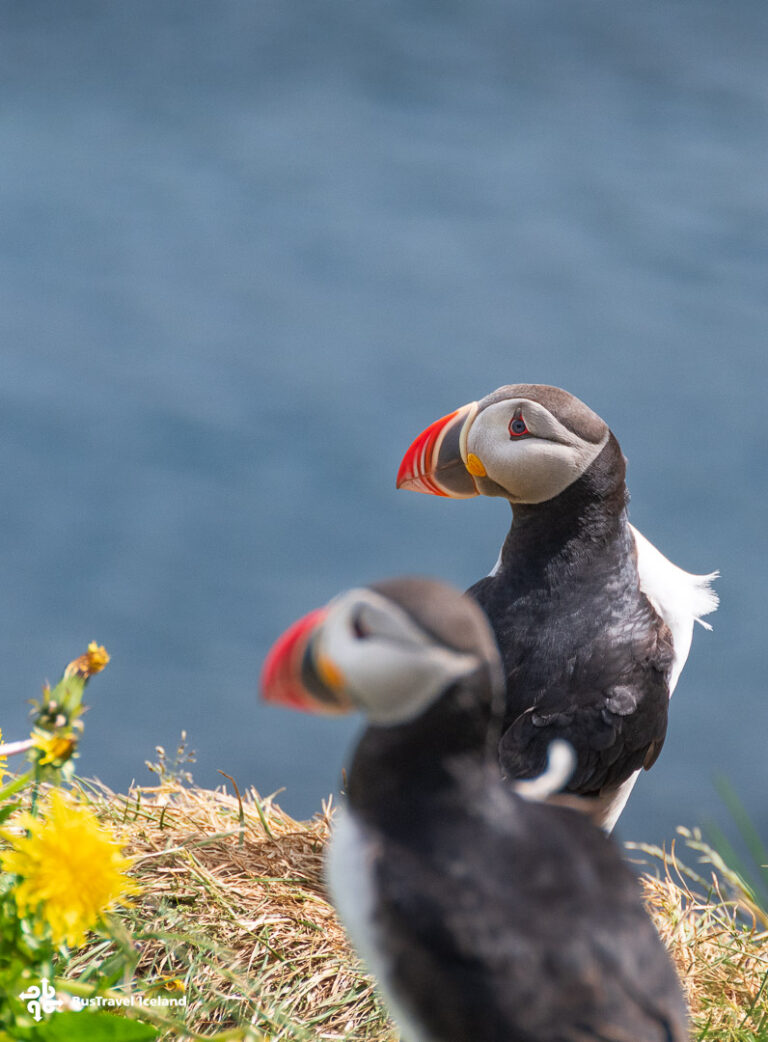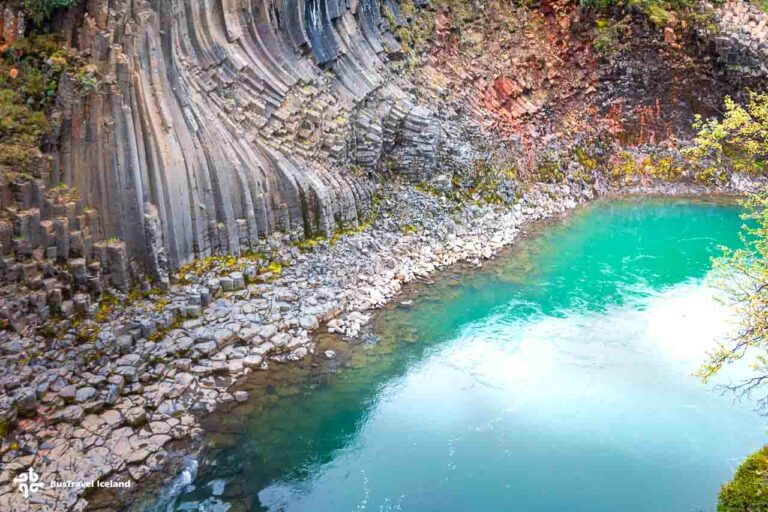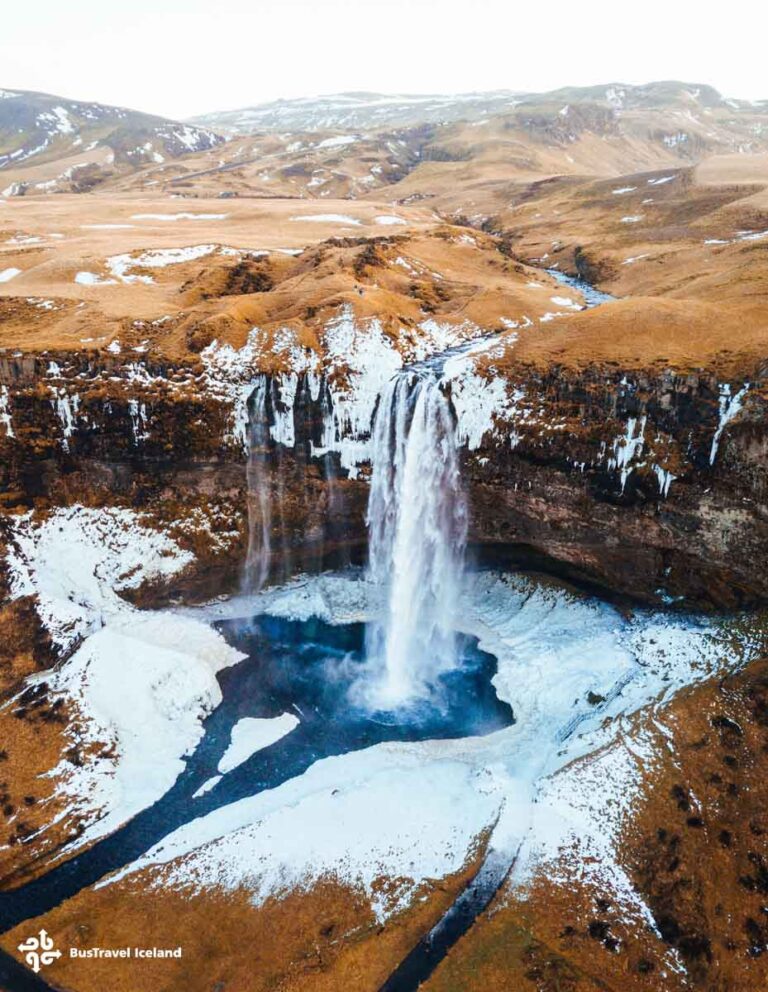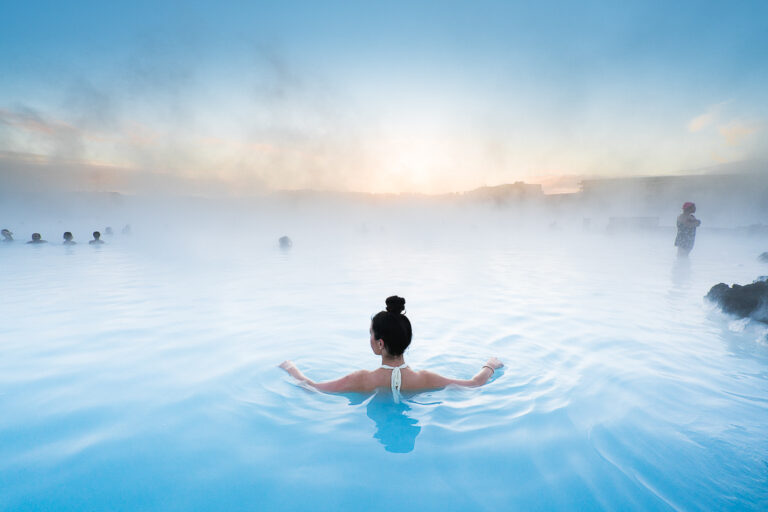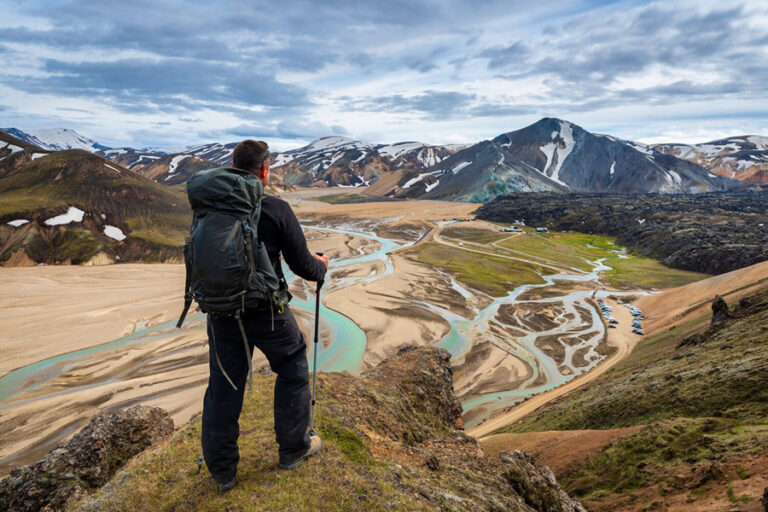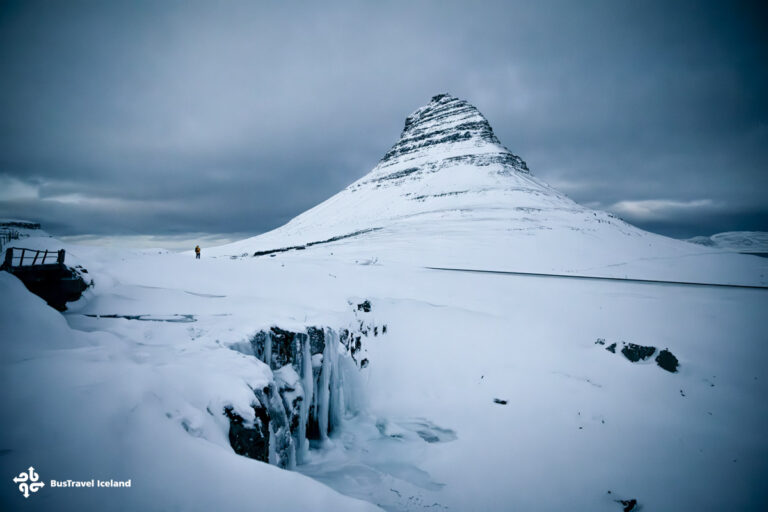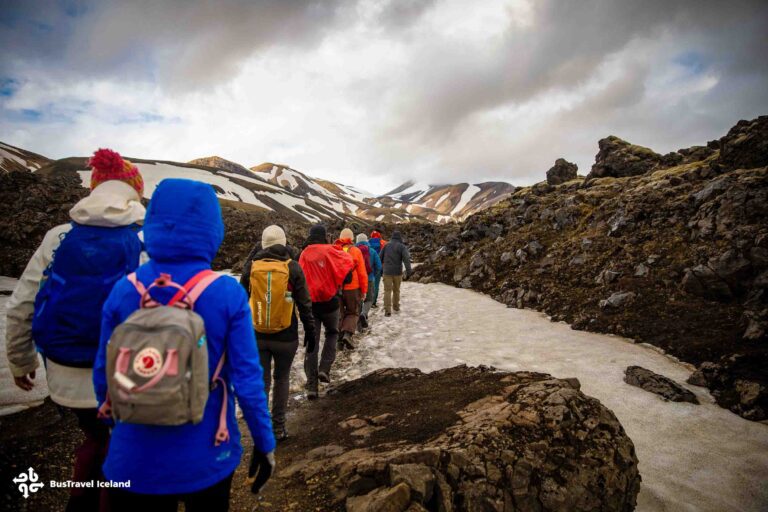Egilsstaðir: The Gateway to Iceland’s East Fjords
- East Iceland
- 6 Mar 2025
Explore Egilsstaðir, the largest town in East Iceland and the gateway to beautiful fjords, wild highlands, and historic sites. Located by Lagarfljót Lake and Hallormsstaðaskógur forest, this charming town offers a mix of history, stunning nature, and easy access to East Iceland’s best-kept secrets.

Deep in the far reaches of East Iceland lies Egilsstaðir—a place where history, nature, and local life come together in perfect balance.
The biggest town in East Iceland, Egilsstaðir is an important gateway to the region’s beautiful fjords, wild highlands, and historic landmarks. Known for its rich cultural history and close ties to natural wonders like Lagarfljót Lake and Hallormsstaðaskógur forest, it has become a top spot for travelers exploring Iceland’s eastern region.
Egilsstaðir’s History
Though Egilsstaðir in Iceland is a relatively young town—officially established as a municipal center in 1947—it stands on land rich with history, stretching back over a thousand years.
The surrounding area was once home to some of Iceland’s earliest settlers, and archaeological excavations at Geirsstaðir have revealed the remains of a Viking-age turf church and longhouse, offering a glimpse into the lives of those who first called this rugged land home.
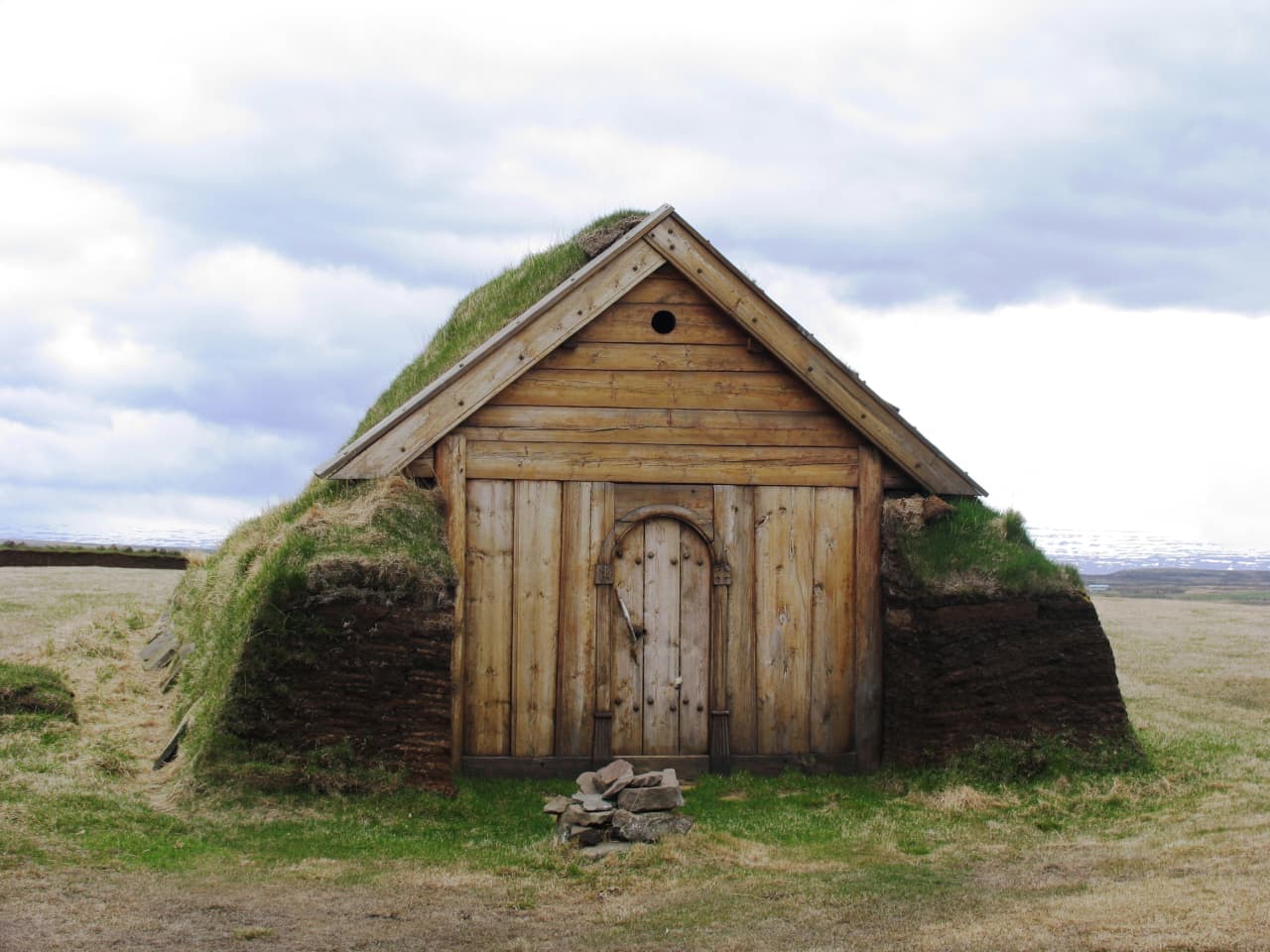
While many Icelandic towns grew around fishing industries, Egilsstaðir’s development was driven by its strategic location along the banks of the Lagarfljót River, making it an essential crossroads for trade and travel in the east.
The town’s modern growth began in the mid-20th century, spurred by the construction of key infrastructure such as bridges over the Lagarfljót, improving connectivity to surrounding regions. One of its earliest private buildings, Nielsen House—constructed in 1944 by Danish entrepreneur Oswald Nielsen—still stands today and serves as a reminder of Egilsstaðir’s transformation from a rural settlement into the main economic and administrative hub of East Iceland.
East Iceland is one of the oldest regions in the country, shaped over millions of years by shifting tectonic plates, volcanic eruptions, and powerful glaciers. Located on the divergent boundary between the North American and Eurasian plates, the land slowly pulls apart, letting magma rise to form vast lava flows, shield volcanoes, and rift valleys.
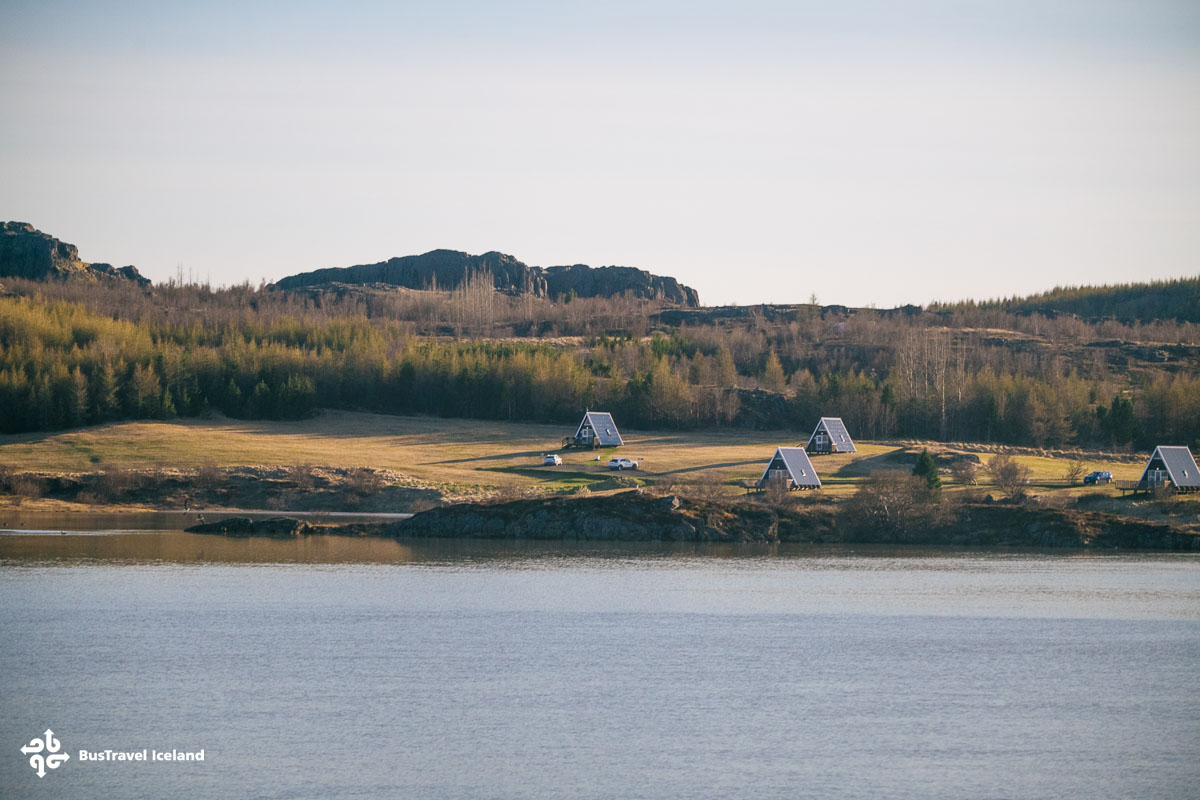
What to Do in Egilsstaðir
Egilsstaðir is bordered by Hallormsstaðaskógur, Iceland’s largest national forest, which is now covering 740 hectares, despite being little more than a protected copse in the early 1900s. The area is a haven for hikers, bikers, and birdwatchers, with over 40 kilometers of marked trails winding through its diverse tree species. Just a short distance away, the legendary Lagarfljót lake is steeped in folklore, with reports of a mysterious serpentine creature—akin to Scotland’s Loch Ness Monster—dating back to the 14th century.
For those craving adventure, the town of Egilsstaðir is ideally positioned for journeys into the stunning Eastfjords, where travelers can discover tiny fishing villages, towering sea cliffs teeming with birdlife, and even herds of wild reindeer—the only place in Iceland where they roam freely. Further inland, the town serves as a gateway to the Highlands of Vatnajökull National Park, home to Europe’s most powerful waterfall, Dettifoss, and the vast glacial landscapes of Jökulsárgljúfur Canyon.
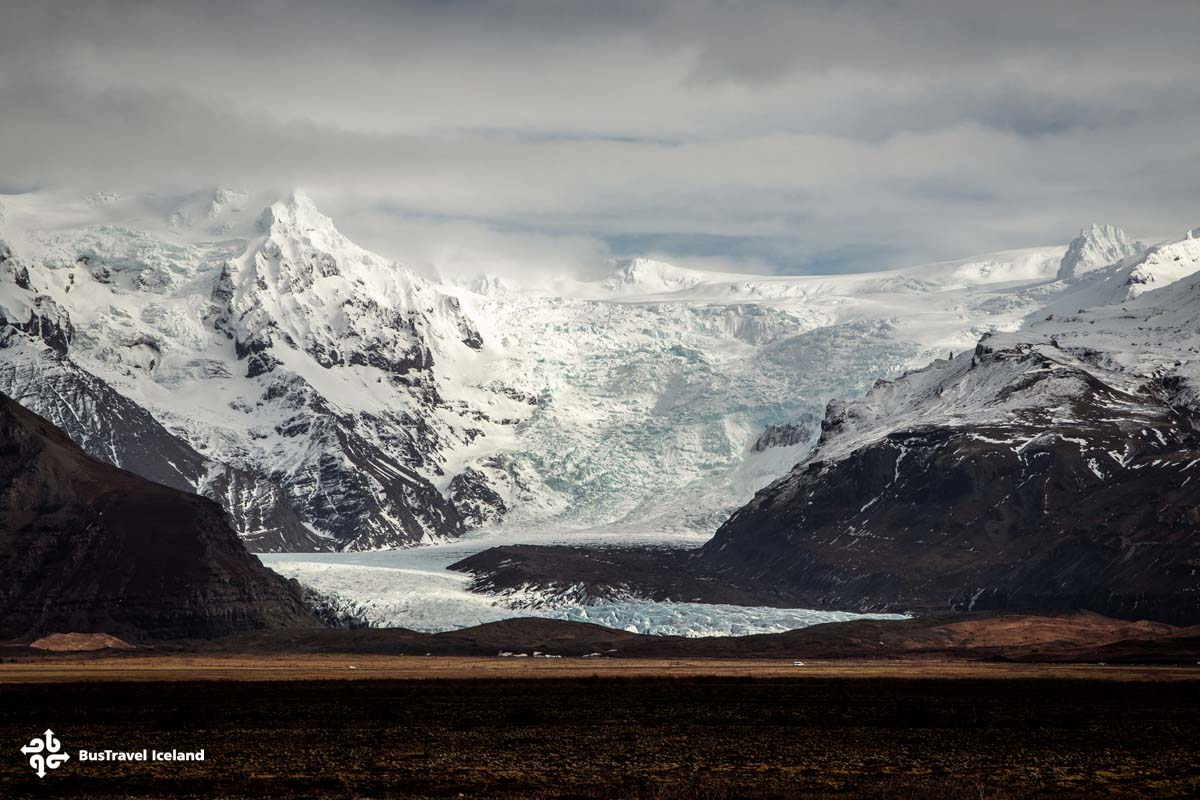
Litlanesfoss Waterfall
Just a 30-40 minute drive southwest of Egilsstaðir, Hengifoss stands as one of Iceland’s most striking waterfalls, offering visitors a breathtaking glimpse into the island’s geological history. The journey to the falls follows Route 931 along the shores of Lagarfljót Lake, passing through Hallormsstaðaskógur, Iceland’s largest forest.
From the Hengifoss parking lot, a moderate 2.5 km hike (roughly 45-60 minutes) leads visitors through scenic terrain, with a rewarding stop at Litlanesfoss, a smaller yet uniquely mesmerizing, beautiful waterfall. Litlanesfoss is renowned for its towering basalt columns, which rise like organ pipes around the cascade.
These striking formations were created millions of years ago when lava flows slowly cooled and contracted, forming hexagonal pillars—a process similar to what can be seen at Svartifoss waterfall in Vatnajökull National Park. Litlanesfoss may not be as tall as Hengifoss, but its dramatic geological setting makes it one of Iceland’s most photogenic waterfalls.
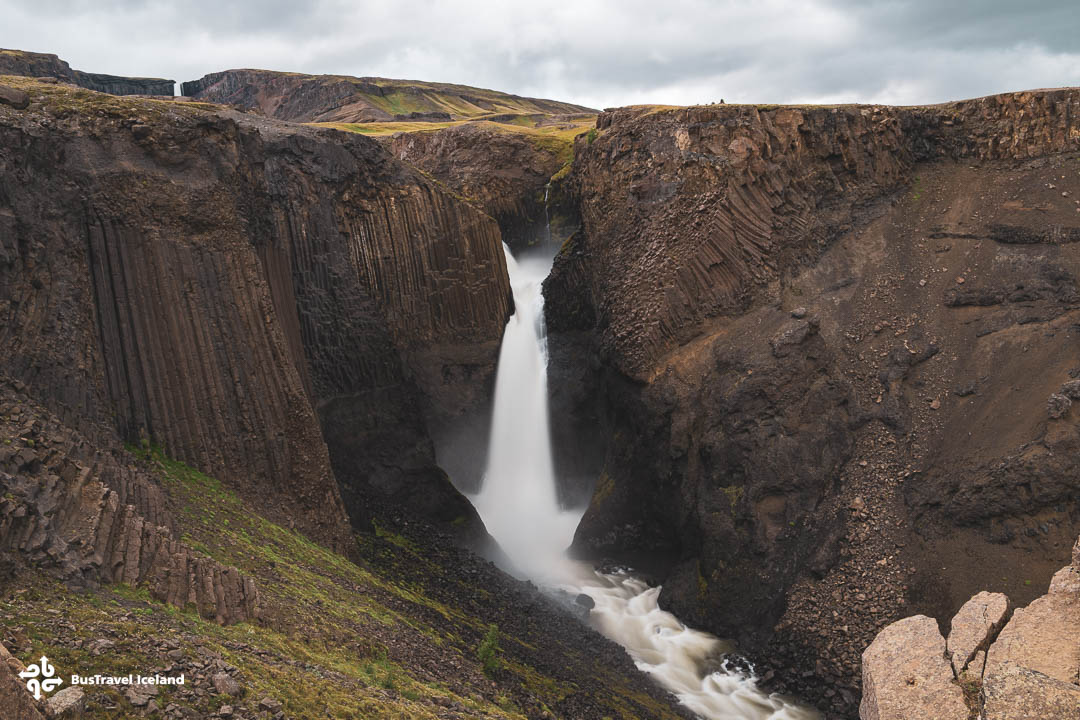
Hengifoss Waterfall
Continuing along the trail, hikers reach Hengifoss, the third tallest waterfall in Iceland at 128 meters (420 feet). What sets Hengifoss apart is its spectacular rock layers, displaying bands of deep red clay trapped between dark basalt strata. These red layers are remnants of ancient soil formed during warm interglacial periods, preserved beneath successive lava flows over millions of years.
This rare geological phenomenon creates a dramatic visual contrast, making Hengifoss one of the most visually stunning waterfalls in Iceland. The waterfall’s flow is at its most powerful in late spring and summer, fueled by melting snow from the surrounding highlands. In winter, the water partially freezes, forming intricate ice sculptures against the basalt cliffs.
Beyond Hengifoss and Litlanesfoss, the surrounding area offers additional attractions worth exploring. Hallormsstaðaskógur is ideal for those looking to enjoy more hiking trails, birdwatching, or a peaceful retreat in nature. Skriðuklaustur, a former 16th-century monastery, now serves as a cultural center and museum dedicated to Icelandic writer Gunnar Gunnarsson. Meanwhile, the nearby Lagarfljót Lake holds its own allure, known not just for its stunning views but also for the legend of the Lagarfljót Wyrm, a mythical serpent said to lurk in its depths.
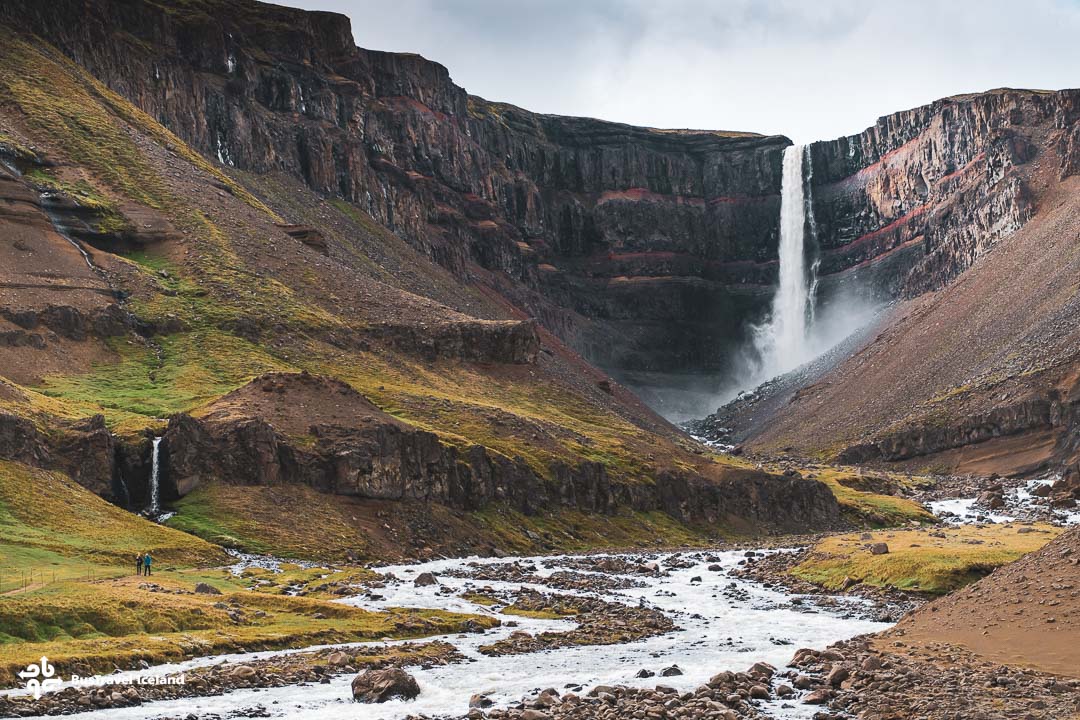
Vök Baths
Just 5 km northwest of Egilsstaðir, Vök Baths offers Iceland’s only floating geothermal pools, set on the serene Lake Urriðavatn. Unlike most hot springs, Vök’s water is pure, drinkable, and free from sulfur, creating a refreshing and mineral-rich bathing experience. The warm pools extend into the lake, offering a unique blend of relaxation and nature. For those seeking contrast therapy, a dip in the cool lake waters before returning to the heat enhances the experience.
Designed for comfort and sustainability, Vök features geothermal pools on land, a cold water spray tunnel, and a tea bar serving herbal infusions made from the bath’s own spring water. The Vök Bistro offers fresh, locally sourced Icelandic cuisine, and the modern changing facilities ensure a seamless visit.
Open year-round, Vök provides a magical setting in summer’s midnight sun or against a snowy winter backdrop, with a chance to see the Northern Lights. Easily accessible via Route 925, it’s just a 5-10 minute drive from Egilsstaðir, with guided tours available. Whether unwinding after a hike to Hengifoss, exploring Hallormsstaðaskógur, or passing through on a Ring Road adventure, Vök Baths is a must-visit wellness destination in East Iceland.

Borgarfjörður Eystri
Located 70 km northeast of Egilsstaðir, Borgarfjörður Eystri is a remote fjord known for its stunning landscapes, rich folklore, and thriving birdlife.
The 1.5-hour drive winds through breathtaking valleys and rugged coastlines, leading to Hafnarhólmi, one of Iceland’s best puffin-watching spots, where thousands of puffins nest from mid-April to mid-August.

The area is also a hiker’s paradise, with the Víknaslóðir trails offering rhyolite mountains, black sand beaches, and secluded valleys, reminiscent of Landmannalaugar but without the crowds.
Steeped in folklore, the village of Bakkagerði is home to Álfaborg (The Elf Rock), believed to be the dwelling of the elf queen. Accessible via Route 94, the road is mostly paved but can be challenging in winter. Whether for wildlife, hiking, or Icelandic legends, Borgarfjörður Eystri is an unmissable day trip from Egilsstaðir, offering a perfect mix of nature and myth in one of Iceland’s most enchanting regions.

Seyðisfjörður
Just a 27 km (17 mi) drive east of Egilsstaðir, Seyðisfjörður is one of Iceland’s most picturesque towns, nestled between towering mountains and a deep blue fjord.
The journey takes about 30 minutes via Route 93, a scenic mountain pass offering breathtaking views, particularly at Fjarðarheiði heath, where waterfalls and snow-capped peaks create a dramatic backdrop. Known for its vibrant arts scene, colorful houses, and rich maritime history, Seyðisfjörður is home to the iconic Blue Church and the famous Rainbow Street, a symbol of creativity and inclusivity.
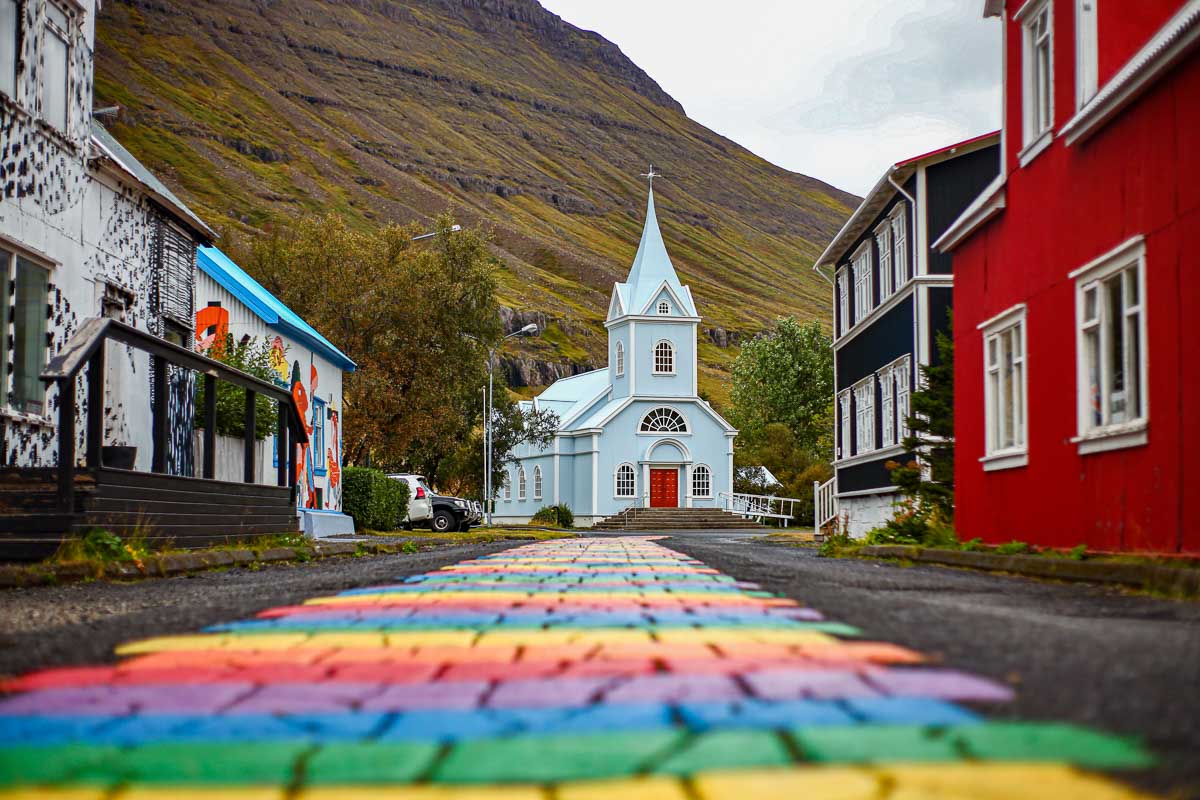
The town is also the ferry gateway to Europe, with the Norröna ferry connecting Iceland to the Faroe Islands and Denmark. Visitors can enjoy cozy cafés, art galleries, and local craft shops, or explore nearby trails leading to stunning waterfalls like Gufufoss. Whether for a day trip or an overnight stay, Seyðisfjörður offers charm, culture, and breathtaking nature, making it a must-visit destination from Egilsstaðir.
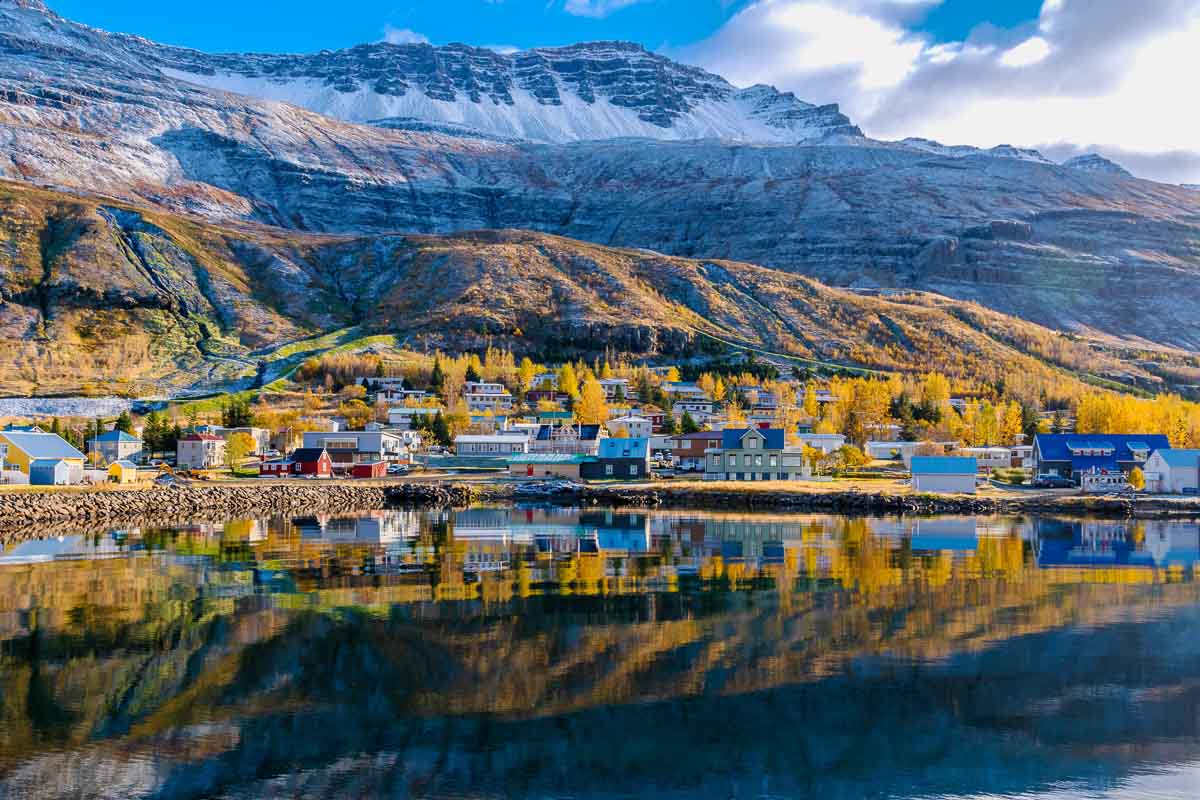
Stuðlagil Glacial Canyon
Located about 70 km (43 mi) southwest of Egilsstaðir, Stuðlagil Canyon is one of East Iceland’s most breathtaking natural wonders, and in the Iceland’s Top 5 Best-Kept Secrets list, featuring towering basalt column formations and a striking blue-green glacial river. Once hidden beneath the powerful Jökla River, the canyon was revealed after a hydroelectric dam reduced the river’s flow, exposing its dramatic basalt walls. The drive from Egilsstaðir takes around an hour, followed by a short hike to reach the best viewpoints. Visitors can admire the canyon from the easier west-side viewpoint or take a longer hike from the east side to get up close to the mesmerizing rock formations. Ideal for photographers, nature lovers, and adventure seekers, Stuðlagil Canyon offers an unforgettable stop on any journey through East Iceland.

Whether you’re stopping for a night while circling the Ring Road or making Egilsstaðir your base for exploring the remote beauty of East Iceland, and some interesting locations in the area, the town is an essential part of any Icelandic adventure—a place where history, nature, and culture come together in perfect harmony.
Egilsstaðir Travel Tips
For those planning a visit, a well-prepared journey can transform your trip into a seamless adventure:
The best time to visit Egilsstaðir is from late spring through early autumn (May to September) when the weather is milder, daylight hours are longer, and road conditions are most favorable for exploring the surrounding landscapes. Summer months offer lush greenery, ideal hiking conditions, and the famous midnight sun, while early autumn brings fewer crowds and stunning fall colors across the valleys and fjords. Winter, though magical with snow-covered scenery and Northern Lights, presents challenging road conditions, requiring extra preparation.

Despite its remote location, Egilsstaðir is well-connected by well-maintained roads, making it accessible year-round. The drive from Höfn to Egilsstaðir is approximately 250 km (155 mi) and takes around 3.5 to 4 hours, following the scenic Route 1 (Ring Road) through breathtaking coastal landscapes and rugged fjords.
However, Iceland’s weather is notoriously unpredictable, so it’s essential to check road conditions and forecasts before setting out, especially in winter, when snow, ice, and strong winds can make driving challenging. For those unfamiliar with the terrain, local guides offer tours that provide both convenience and deeper insights into the region’s history and natural beauty.

When it comes to accommodations, travelers can choose from a variety of options, including camp site, modern hotels, cozy guesthouses, and traditional farm stays. Staying locally not only ensures comfort but also allows visitors to connect with the community, experience authentic Icelandic hospitality, and even enjoy homemade meals prepared with regional ingredients.
For helpful travel resources, tourism offices and community centers in Egilsstaðir provide maps, expert recommendations, and information on guided tours. These local hubs can also highlight hidden gems, ensuring that visitors make the most of their time in East Iceland. Whether you’re looking for adventure, relaxation, or cultural experiences, a well-planned visit to Egilsstaðir will leave you with unforgettable memories of this stunning region.
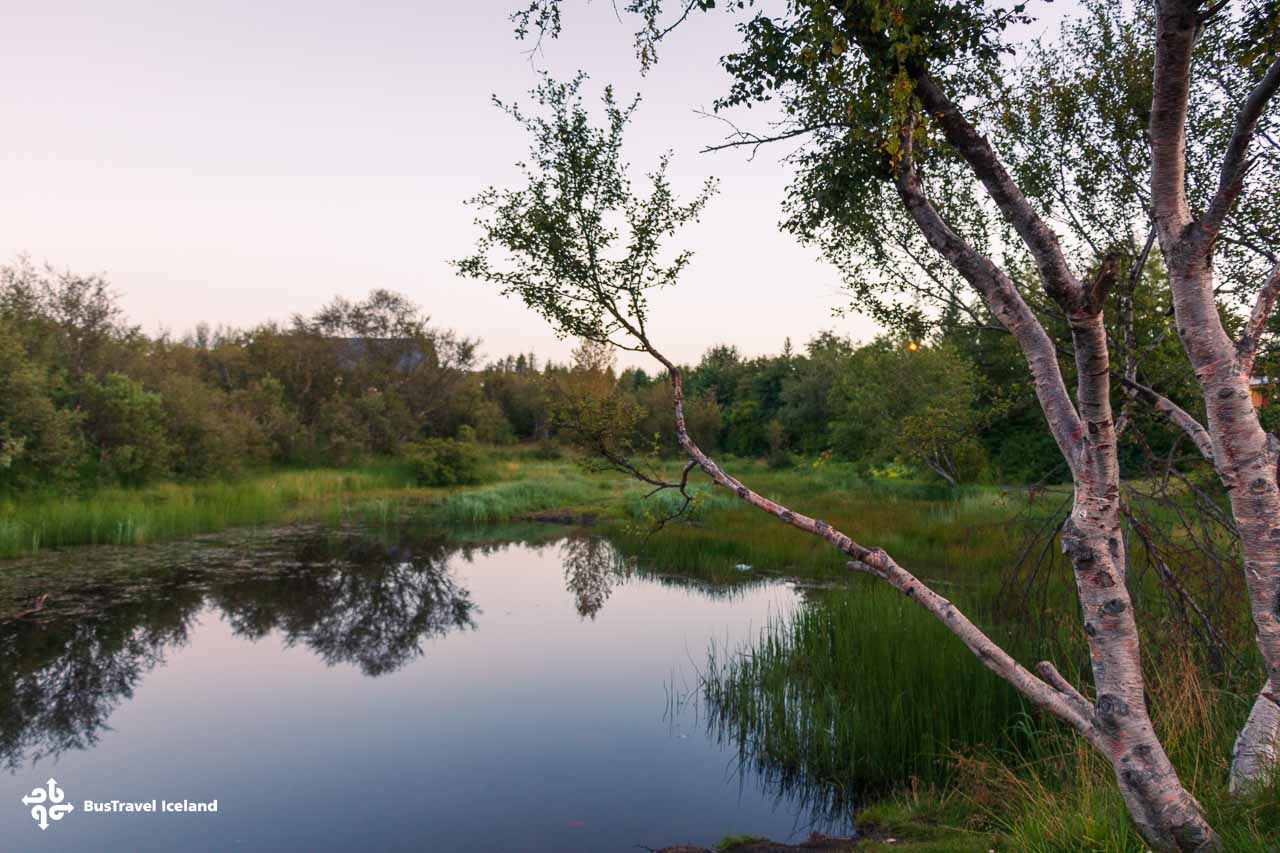
Egilsstaðir’s Today
Today, Egilsstaðir is more than just a town; it’s the lifeline of East Iceland, offering essential services, transportation links, and cultural experiences to travelers venturing through the remote and breathtaking Eastfjords.
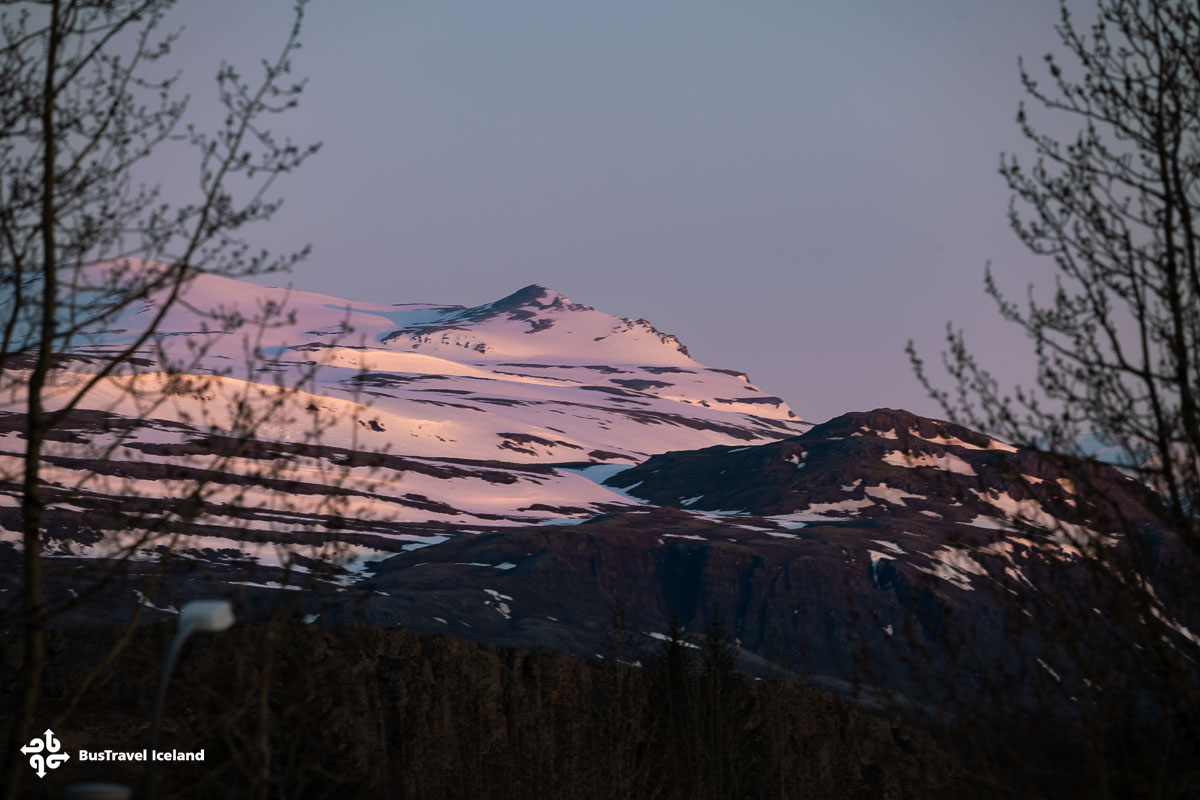
The town boasts a domestic airport with increasing international connections, making it a convenient entry point for those exploring the region. The town is home to a domestic airport with growing international connections, making it a convenient gateway to East Iceland.
For those with limited time in Iceland, flying from Reykjavík to Egilsstaðir Airport offers a seamless and efficient start to exploring the breathtaking Eastern Fjords. Visitors will also find a range of accommodations, restaurants, and an inviting Heritage Museum, featuring reconstructed turf houses that showcase the way Icelanders lived for centuries.
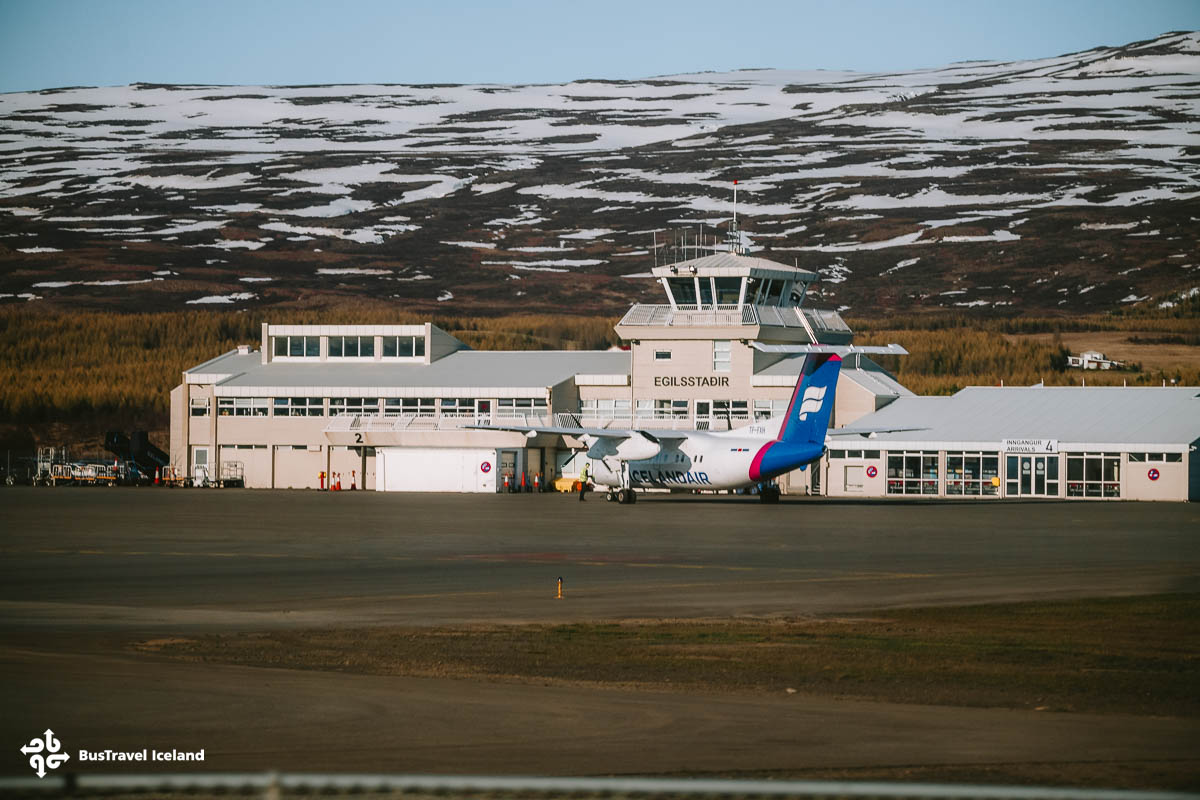
A Hub for Culture, Festivals, and Adventure
Egilsstaðir is not just a gateway to East Iceland’s landscapes—it’s a thriving cultural hub with an annual calendar of events that showcase the region’s rich artistic and musical heritage. The town hosts the Hringrás electronic music festival, the Orsteiti Town Festival, and a vibrant jazz festival, all of which bring together locals and visitors in celebration of creativity and community.
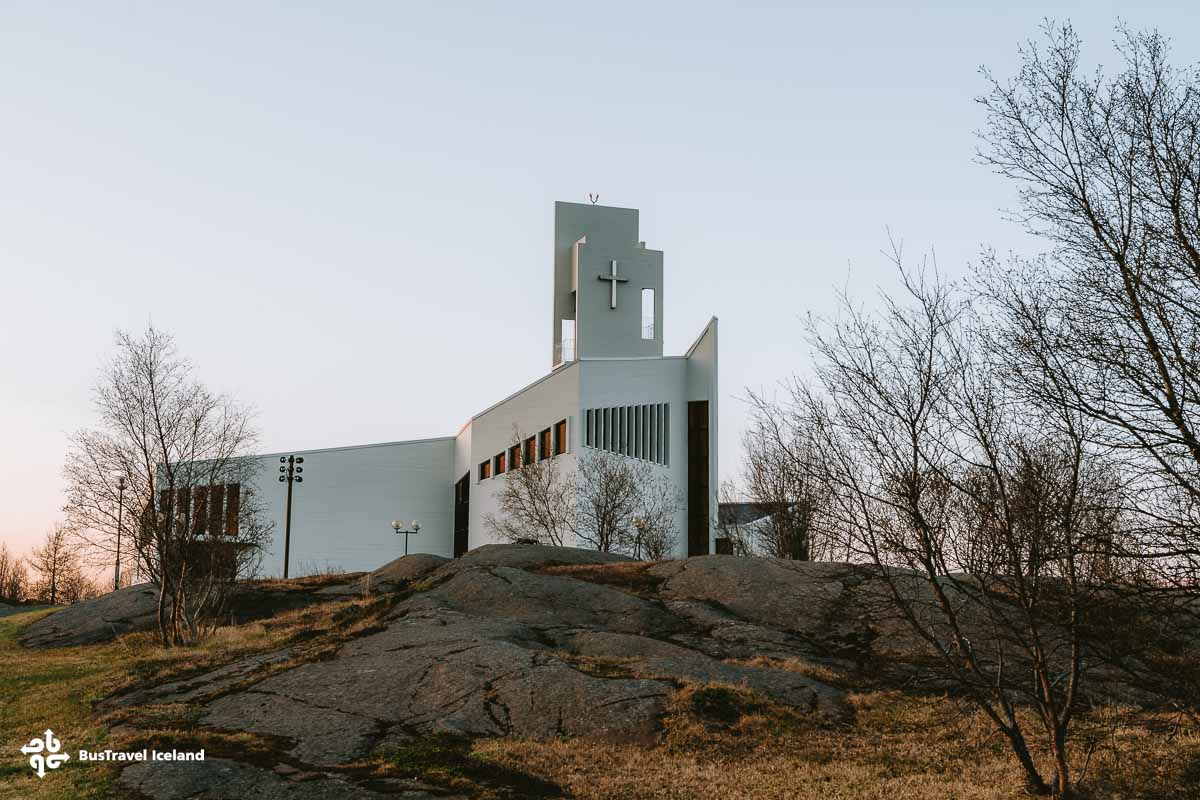
Egilsstaðir is a place where history, nature, and local culture come together. With its rich past, stunning landscapes, and welcoming people, it offers travelers more than just a visit—it invites them to be part of its ongoing story.
As you plan your journey, prepare to engage with a landscape and community that challenges you to see beyond the surface, offering instead an intimate glimpse into the soul of Iceland.
